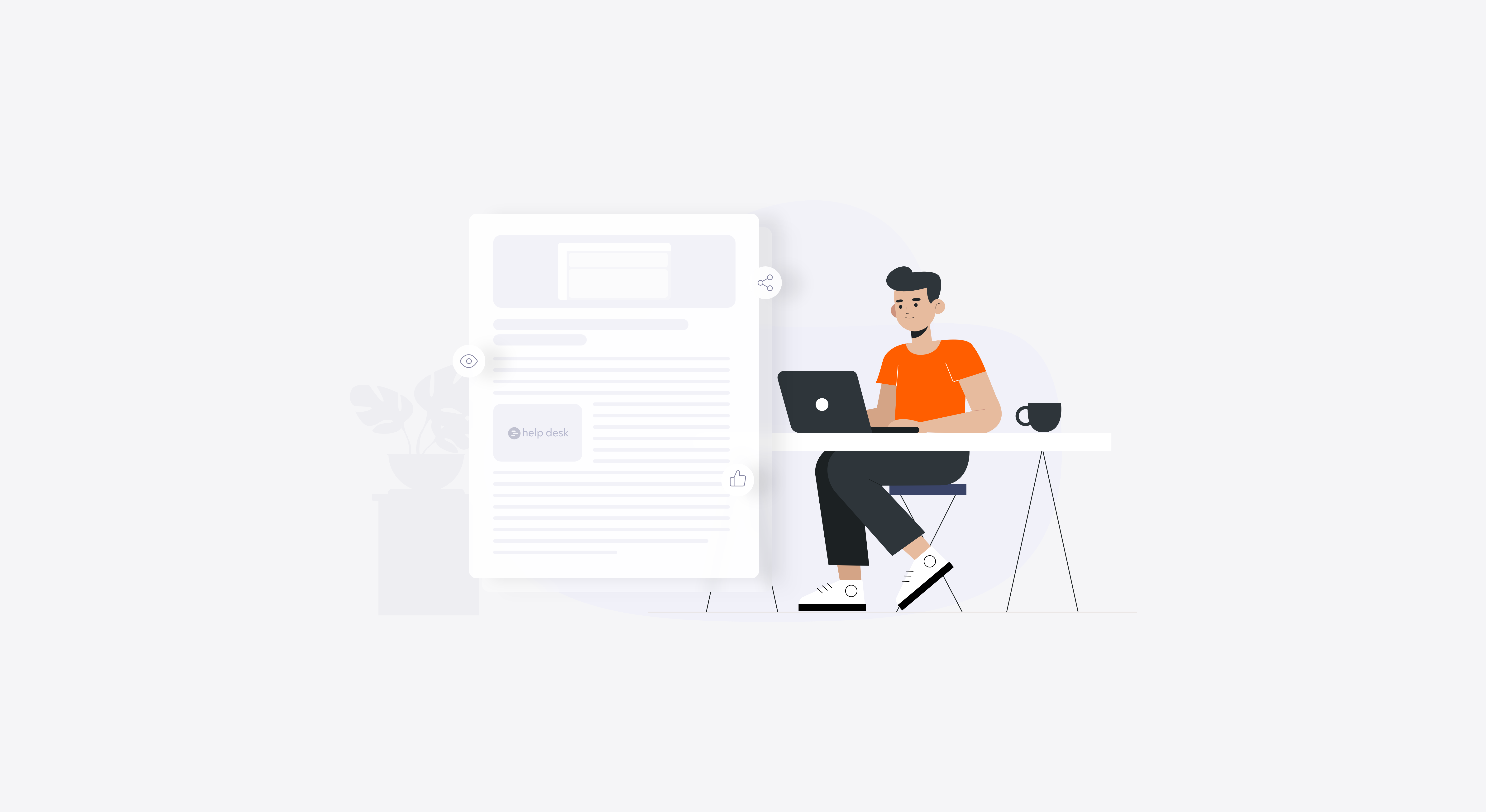When you talk to people about customer support, they’ll often tell you about experiences they’ve had. Unfortunately, however, it’s the bad experiences that come to mind first, since we’ve reached the point where people expect good customer service as a matter of right – and when they don’t receive it, they notice.
There was a story in the news the other day about a customer who had received a bill from his phone company, which was wrong. He went online to tell the company about the error and found a link marked, “If your bill is incorrect.” So he clicked it. It offered him five different ways in which he might erroneously imagine that his bill was wrong. None of them related to his predicament.
He looked for a way to say, “None of these apply to me; this is what my problem really is.” There wasn’t one. So he clicked on the “Contact Us” button and found a phone number and a form to complete with details of his complaint. He did not find an email address, nor was there a chat option.
He filled out the form with his name, address, and customer account number. He started to type that the rate he was being charged was not what he had agreed to pay. Before he had finished typing, the word FAQ appeared and below it a series of “questions” that weren’t questions at all, but rather statements. All of them explained how the company must have misunderstood the situation. None of them described his problem.
He looked for the “Submit” button so that he could send in his complaint and have someone look into it. There wasn’t one. The FAQ’s represented all the responses available.
He called the telephone number listed. He was taken through a menu of various options, none of which related to his problem. The system was set up in such a way that it was impossible to speak to a person – whatever option he chose, he was played a recorded message that might have been helpful to someone else but had nothing to do with the issue he had.
He couldn’t email them, he couldn’t telephone them, he couldn’t chat with them and there was nothing on the website to help solve his problem. That left only one option. He wrote a letter, enclosing copies of his contract and his bill, and explained what was wrong and that he would not pay the bill until he had an answer.
Three weeks went by and there was no reply to the letter, but he did receive three text messages telling him that his bill was overdue and that he should call the phone company. When he did, he had the same problem he had the first time.
The fourth text message told him that his service was being suspended – but this proved to be true only for outgoing calls because he then received a phone call from a collection agency. He explained the problem but it wasn’t something the collection agency could deal with and they said he’d have to sort it out with the phone company or be sued. He said, ‘I’ll see you in court,’ found another phone company and tweeted about the level of service he had had received from the one he had just left.
Now, everyone in customer service knows what was going on here – it was deflection. But deflection very badly handled.
The purpose of contact deflection is to filter out common complaints and problems that can be handled by FAQs, forums and automated responses so agents are more readily available to deal with situations that require one-on-one responses. The phone company had implemented a contact deflection system – but they hadn’t provided the one-to-one response that needed to be in place as well.
Helpdesk software like HappyFox is designed to help in the increasingly complex world of customer service. The days when customers would stand in line in front of a counter during office hours waiting to speak to someone are gone. Your customers need to be able to contact you in any number of ways – and often in more than one way at the same time.
To properly arm your business for customer service success, you have to be ready to receive contact through social media – including Facebook, Twitter and LinkedIn – as well as by telephone, email, a form on your website and in very rare cases, by snail mail. Equally important is delivering acceptable response times, which are getting shorter and shorter.
You can let this be a problem, as the phone company did, or you can see it as one more way to retain the customers you have and gain new customers through word-of-mouth recommendations.
What steps are you taking to meet the demands of your customers?
Learn more about how HappyFox can help you take advantage of multiple channels and avoid customer service like the phone company customer received. Schedule your 30-minute live demo with our product specialists.








